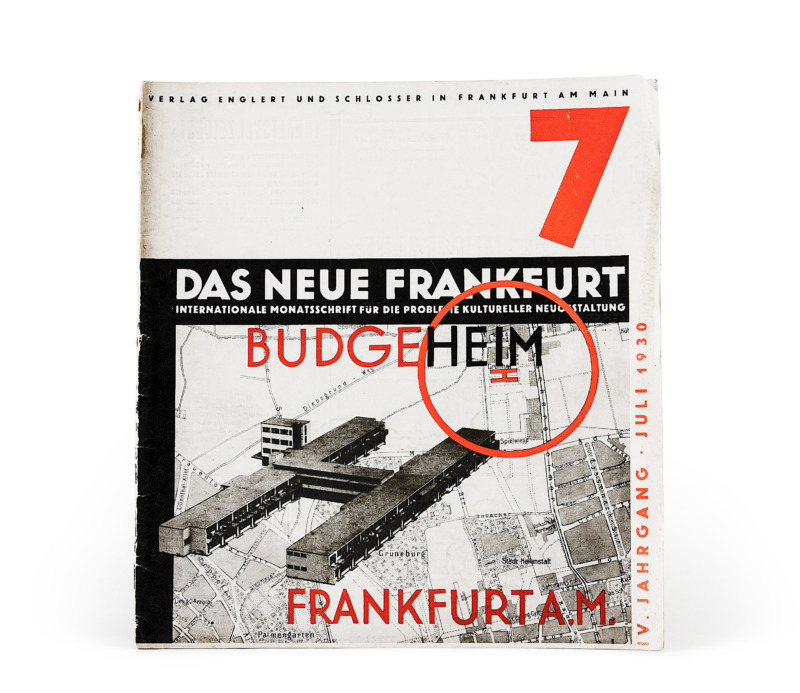The magic word is: ion exchange.
Sodium ions are replaced by potassium ions. What does this mean? Superfest! Extremely thin-walled, lightweight, stackable and, above all, break-resistant glasses. Ion exchange increases the compressive stress in the glass surface and thus its strength and service life by a factor of five. The process was developed in the Glass Structure Research Department of the Central Institute for Organic Chemistry in Berlin-Adlershof and patented in 1977 by Dieter Patzig as “Process and Apparatus for Strengthening Glass Products by Ion Exchange”. The initial name of the glasses was derived from the manufacturing process: CE(chemically)VER(solidified)IT.
Inspired by Margarete Jahny and Erich Müller’s design of the so-called Wirtegläser of the 1970s, the glasses designed by the designer collective Paul Bittner, Fritz Keuchel and Tilo Poitz and awarded the gold medal for good design at the Leipzig Spring Fair in 1983 were produced at VEB Sachsenglas Schwepnitz from 1980. The range, which was gradually expanded to include shot glasses, sundaes and vases, among other things, and renamed Superfest, was developed for the catering trade and corresponded to the product philosophy of the East: practical, durable, resource-saving. The glasses were perhaps even too sustainable for the demand-driven market economy of the West – the industrial plant in Upper Lusatia was shut down in 1991 as part of the “Gesamtvollstreckung.”
However, some of the Superfest glasses have survived to this day. Not only in East German restaurants, but also in the collection of the Museum Utopia and Everyday Life in Eisenhüttenstadt and on display until February 07, 2022 in our current special exhibition “Shaping Everyday Life! Bauhaus Modernism in the GDR”.

